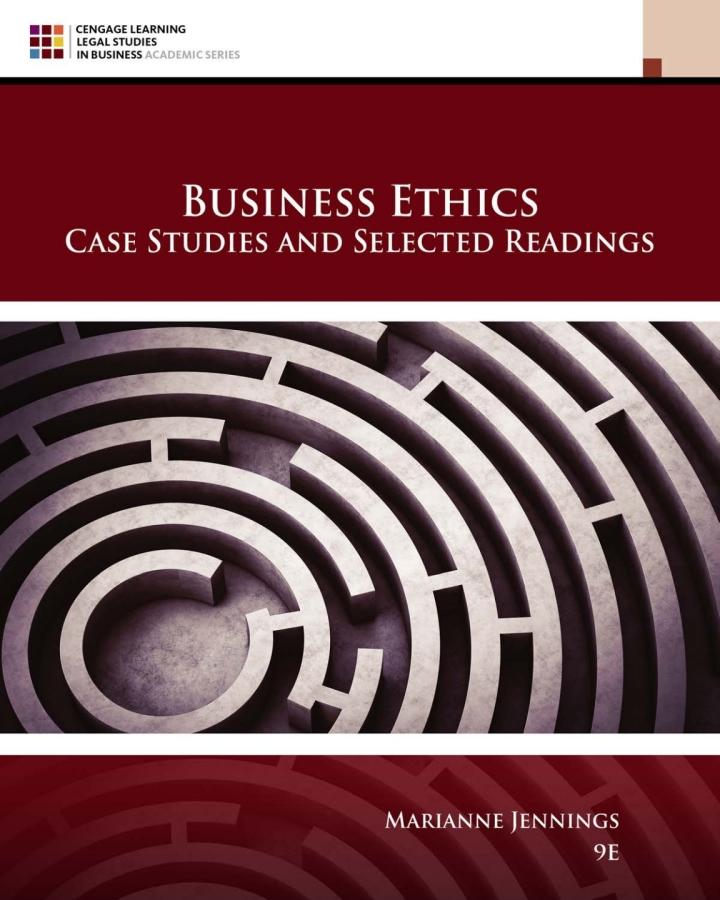There are 22 million American who have federal student loans. The total amount owed is ($1.2) trillion.
Question:
There are 22 million American who have federal student loans. The total amount owed is
\($1.2\) trillion. And 43% of that 22 million are either behind on their payments or arranged to have their payments postponed. Approximately \($200\) billion of the loans are behind in payments. The 43% is down from 46% last year, but most of that progress came from postponements or renegotiation of the terms. Student loans are the largest type of consumer debt, followed by car loans, credit card, and home equity loans (which are only at
\($400\),000,000 billion).
One of the biggest challenges the U.S. Department of Education faces is finding the borrowers.
The department seems to be able to determine their graduation but loses track of the graduates/borrowers after that. The private service that the federal government uses for collection of student loans attempts to contact each borrower 230 to 300 times through letters, e-mails, calls, and text messages. During those contacts, 90% never respond and only half of those who respond ever make a single payment.
One of the problems with the loans is that when they are originated the traditional checks and terms of most consumer credit contracts are not followed. There are no credit checks, no co-signers, and no checks as to whether the borrower is likely to finish the educational program and obtain gainful employment.
To add to the collection of problems, bankruptcy judges are slowly carving out exceptions for the nondischargeable character of student loans. For example, in In re Campbell, 547 B.R. 49 (E.D. N.Y. 2016), a bankruptcy judge was dealing with a law school graduate who had \($300\),000 in student loans and another \($15\),000 in loans she obtained in her last year at Pace University in order to take her bar review course. Lesley Campbell did not pass the bar exam despite the bar review course and was forced to take a job as a secretary at a hotel-management company for \($49\),000 per year. She could not afford her loan payments and filed for bankruptcy. Among other claims related to the Truth in Lending Act, Ms. Campbell argued that the bar review loan did not fall under the nondischargeable provision of the federal bankruptcy law. The court agreed and discharged the \($15\),000 loan. Lawyers have observed that they are starting to see judges chip away at student loans “absolute immunity.”
The decision in this recent case conflicts with prior precedent, In re Skipworth, 2010 WL 1417964 (E.D.N.Y. 2010), in which the court held that a bar review loan was an educational loan from which there was no discharge. As decisions percolate up through the courts and circuits, the U.S. Supreme Court will need to interpret the nondischargeable provision of the bankruptcy laws and to which types of loans it is applicable.
As the amount of debt increases and the payment rate decreases, the litigation will increase and the issue of hardship will begin to emerge.....................
Discussion Questions 1. Discuss the legality of avoiding contact with collection agents in order to avoid paying.
2. Apply the model of, “What would happen if every-one did not repay their student loans?”
3. What is the legal standard for discharge of student loans in bankruptcy? What happens when exceptions are made for loans that are non dischargeable?
Step by Step Answer:

Business Ethics Case Studies And Selected Readings
ISBN: 9780357453865
9th Edition
Authors: Marianne M. Jennings





